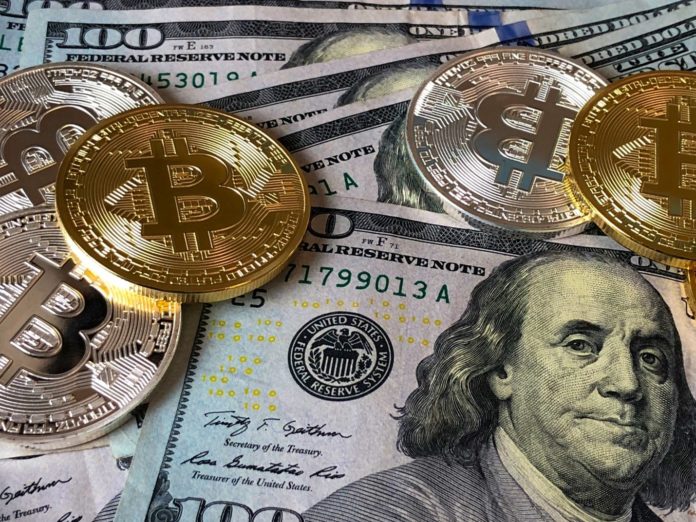Critical Analysis of the 16+1 format
The 16+1 format was initiated by China to increase cooperation with Central and Eastern European Countries in three main areas, which are infrastructure, advanced technologies and green technologies. The size of the economy of these countries (in terms of GDP) is nearly similar except for Poland, which has the highest GDP among them. Or, countries in this region are less economically developed and dependent on Foreign Direct Investment (FDI). The objective of China is focused on two aspects: economy and technology. The majority of investment is inflowed into non-EU Member states even though they are only five and represent about 7% of the total GDP of the group. China focuses on EU-Member states regarding technology. It is sufficient to state that China aims to promote the Belt and Road Initiative (BRI) by financially backing up the countries in the region. Namely, the BRI was fully included in the 16+1 format in 2017. The regionalist foreign policy of China begs a few questions. Do the CEE countries not lull into the economic advantages of China? Does the 16+1 format strengthen Chinese economic influence in the region? What if China transforms this economic influence into political influence in the region? Is it a threat to the policies of the European Union and European values and unity?
Firstly, under the framework of the BRI, the 16+1 format is to rise Chinese exports and FDI, which can likely entice other countries in the region. This opens a door for China to increase its economic footprint and promote the BRI. Secondly, China seeks to raise its positive image by sharing its economic and business model, culture, etc. It provides more support from these countries to China in international organizations through their votes. One of the goals of China is to transform its economic influence into political influence. If it goes well, China can influence EU decision-making in some regards, on human rights issues, Taiwan, and the South China Sea. For instance, in 2018, Hungary refused to sign an EU report on the criticism of China’s human rights reports; in 2017, Greece did the same by blocking the EU statement on the same issue. Clearly, the 16+1 format has a risk of undermining the unity of the EU. Till 2016, the EU participated in the 16+1 summits as an observer; hence, it issued a ‘New EU strategy for China.’ According to the document, the core part of the EU’s engagement with China is the protection of human rights.
The Global Gateway
The European Commission recently launched the Global Gateway strategy to build sustainable connections with international actors and increase the role of the EU in tackling serious global challenges. By offering investments in infrastructure development, the EU could grow its economic and political leadership in international relations. The Global Gateway strategy plans to mobilize up to 300 billion EUR by 2027 by investing in ‘sustainable and trusted connections’ globally. By comparison, the BRI aims to invest in more than 70 countries to increase China’s influence concerning economy and politics.
The Global Gateway strategy is seen as a potential alternative to the BRI. However, it is hard to say that it can compete vis-à-vis the BRI currently for two reasons. First, the BRI predates the Global Gateway Strategy which has already invested in 145 countries globally, including 18 EU member states, in the amount of 8 trillion USD. The second reason is trust that the credibility of the BRI has reduced recently. Countries that lull into a false sense of easy loans may face a debt trap in the long run. The main task of the EU, if it wants to compete with the BRI, is to build trust by offering a framework which is transparent and in harmony with the core EU values. On the other hand, profoundly entangling with the EU values would be problematic for achieving the objectives of the strategy. Most countries that the EU wants to invest in are not full democracies or have records of violations of human rights or minority rights. Therefore, does the EU refuse to offer infrastructure projects in those areas?
It is germane to state that the BRI has impacted the West both economically and politically by offering alternative economic models and business strategies to countries across the globe. With the Global Gateway Strategy, the EU can share its values globally with economic projects, which are likely to enhance the position and image of the EU in the international community.
Recently, the EU has announced its strategy for Central Asia for the period between 2021 and 2027 in order to connect Central Asian countries to the world under the framework of Global Gateway. China has economic objectives in Central Asia with the BRI that has provided loans and investments to countries. Now, the EU seeks to offer its funding options with the Global Gateway to Central Asian countries to increase economic relations with them. Will this create a confrontation of interest between the EU and China, which can lead to the deterioration of relations?
Where do we go from there?
The region (CEE) is significant due to its location; it can link China (Asia) to the rest of the European continent. In this regard, I would like to mention two assertions from scholars. A British politician, Halford Mackinder, who is one of the pioneers of geopolitics and geostrategy, stated the followings:
“Whoever rules East Europe commands the Heartland; whoever rules the Heartland commands the World-Island; whoever rules the World-Island commands the World.”
A similar conclusion was drawn by Zbigniew Brzezinski, a Former National Security Advisor under the administration of President Jimmy Carter. In his book, “The Grand Chessboard: American Primacy and Its Geostrategic Imperatives,” he regarded Eurasia as a vital center for economic growth and rising political influence:
“Who controls Eurasia controls the world.”
The BRI is one of the important tools in Chinese foreign policy to enhance its soft power globally in serving its plans. It has already helped China to strengthen its economic relations with the regions on nearly all continents, including the CEEC. In the long term, China envisages building economic blocks across the globe that are alternatives for the West, especially the U.S. The EU remained a way of the Chinese-led initiative. Supporting financially, the CEE countries will benefit China in the international arena, in some regards, in the EU-decision making. The financial funding of China might possibly make the countries economically dependent on China. Therefore, the economic coercion of China would force CEE countries to use Huawei 5G technologies as China seeks to be the dominant leader in the field of technology and IT. There is a high probability of intelligence work of this technology abroad. Chinese digital companies already existed in the European markets, which would hinder the growth of the European tech sector.
China’s desire for economic dominance is strong; this inevitably leads to the U.S.-China rivalry. The relations between China and the EU are explained by the term “win-win China-EU Comprehensive Strategic Partnership.” The important task of the EU is to find common ground with the U.S. on dealing with China, as the EU alone cannot compete with China but with its allies. Therefore, the EU agreed to work in partnership with global leaders such as the U.S. to prevent the use of unfair trade practices by the countries and ensure more transparent and fairer trade. This is explained by balancing the economic influence of the key world traders and protecting major trading member states in global trade. On the other hand, the EU has a ‘values-based’ plan to boost its economic relations with other countries by offering an alternative to the BRI. There is also the US-led Build Back Better World, an infrastructure development of low/middle-income countries.
The world goes toward multipolarity. The EU seeks to increase its global image and influence; China’s zeal for global dominance is increasing significantly; the U.S. attempts to maintain its global leadership. The Global Gateway strategy should offer mutually beneficial investment options to attract countries easily. At the same time, the EU shall remain wary of investing in the regions where China has significant economic objectives. Building a strong partnership with China is also risky for the EU as the U.S. views Beijing as a rival.
Author: Sardor Allayarov




















